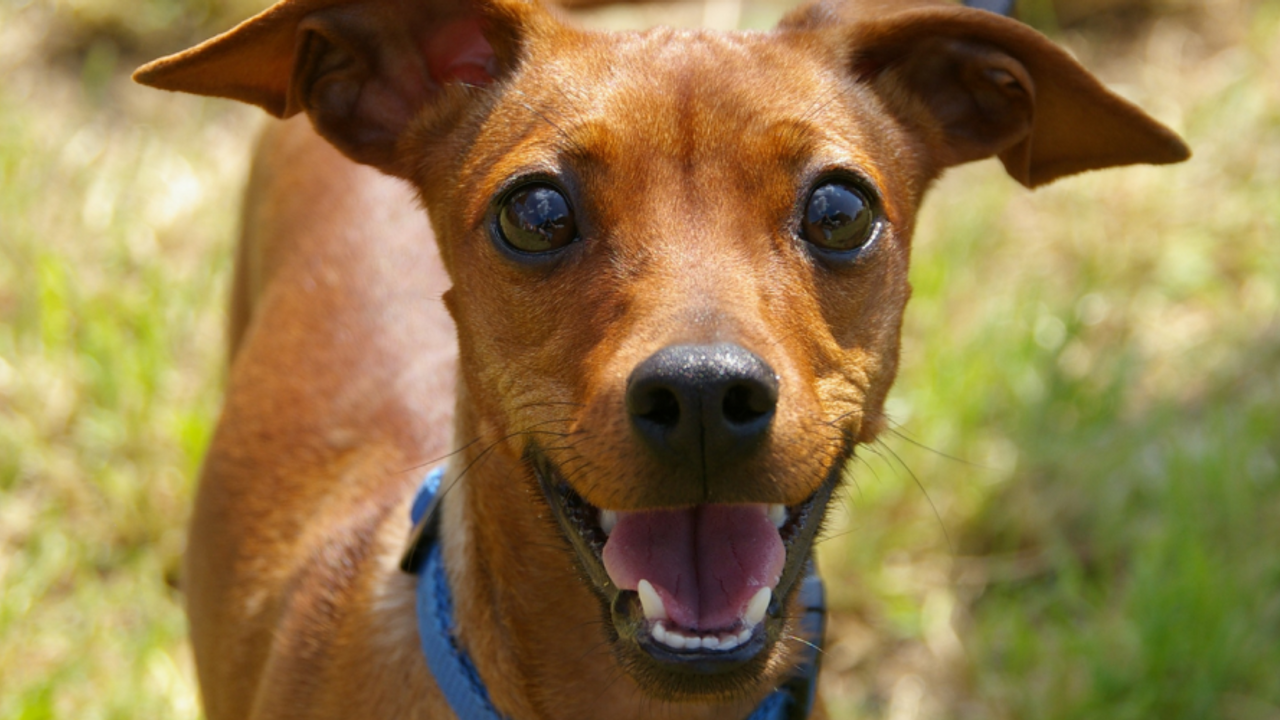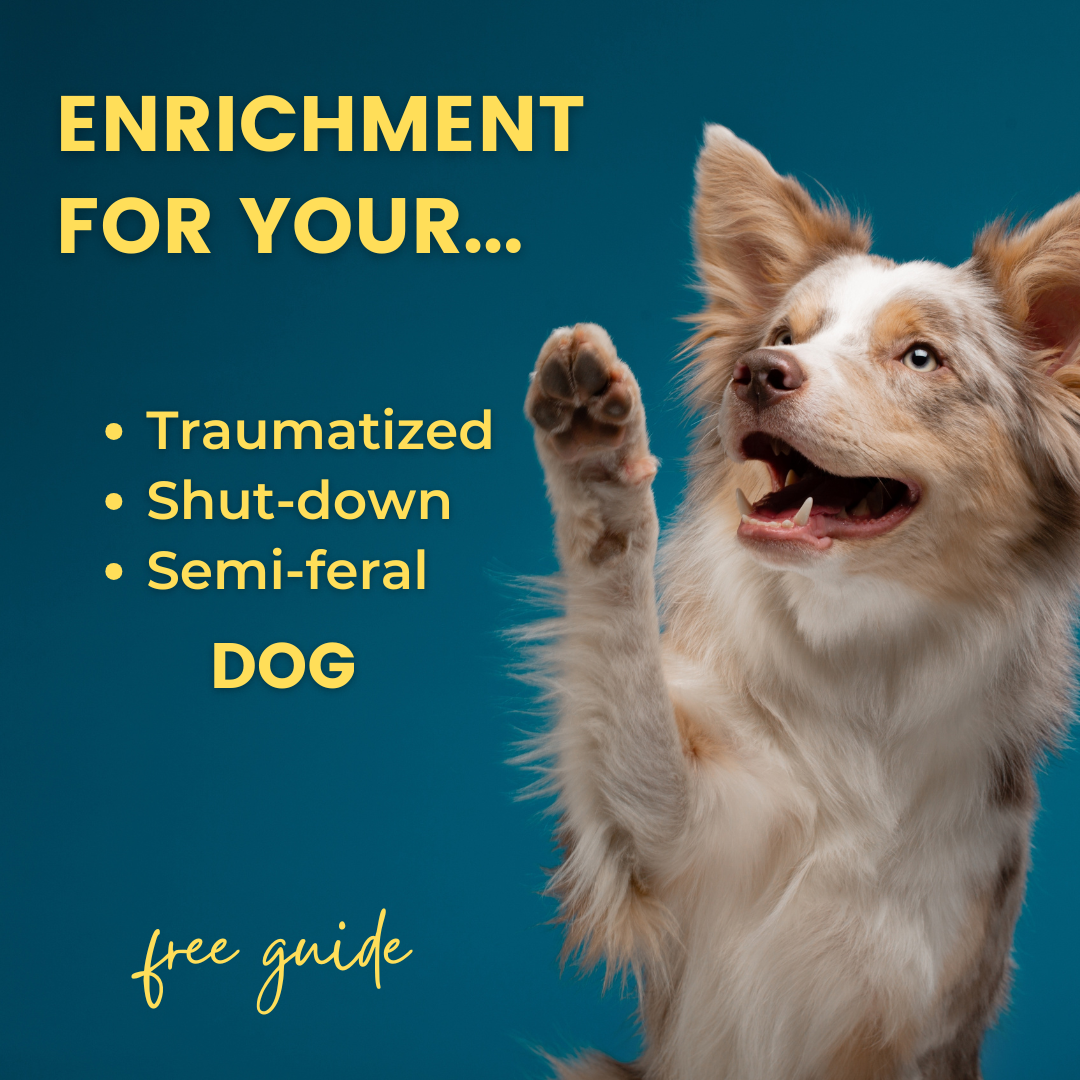
We asked those of you in our free Facebook support group for your top questions about training your reactive dog, and you were happy to help! So this week we have an assorted collection of topics, from how often to train, to how to teach your dog is something is “safe” or “dangerous.”
(If you’re looking for more reactive dog training help, our online, self-paced course for reactive dogs is now on-demand!)
Reactive dog training topics covered in this video include:
Does it matter whether my dog is a “frustrated greeter” vs. fearful?
The short answer is “Yes.” While you CAN train your reactive dog without knowing why they behave the way we do, you’re likely to make faster and more lasting progress if you can identify why and adjust your training accordingly. For example, say your dog likes other dogs, and their lunging and barking behavior has been reinforced in the past by getting to other dogs. You might be able to decrease your dog’s motivation to lunge and bark if you increase their opportunities to play with other dogs regularly. And you can use “access to dogs” as a reinforcer for behaviors you like better than lunging and barking.
If your dog were fearful of dogs, this approach wouldn’t help you at all. So knowing your dog’s “why” is important.
Can I teach my dog that bears are dangerous but leaves in the wind aren’t?
I don’t know if we can teach our dogs concepts like safe or dangerous. It is possible to make a dog strongly avoidant of some things by, for example, pairing them with a strong aversive stimulus like an electric shock. But I wouldn’t recommend this route, unless you’re willing to risk creating new behavior problems related to fearfulness.
A better approach, in my opinion, is to train reactive dogs to do different behaviors around different things. You see a bear? Run back to me. You see leaves blowing in the wind? You can keep relaxing there on the sofa. This kind of training can be done with positive reinforcement.
A side note: if your dog is afraid of a lot of “benign” things like leaves, please consult with a veterinary behaviorist. Medication might be indicated.
How should I train my reactive dog around triggers, when triggers are unpredictable?
When it feels like your reactive dog’s triggers are unpredictable, training can be frustrating. Take careful notes of anything that triggers your dog’s reactive behavior. Not just characteristics of the trigger itself (large vs. small dog, adults vs. children), but the behavior of the trigger, and what was going on in the environment. Did the dog or person look at your dog? Move toward them? Did the trigger appear suddenly? These details can matter.
In the meantime, I recommend treating every potential trigger as if your dog will react to it. If your dog reacts to some but not all dogs, for instance, and you want your dog to look at you instead of reacting, train “look at me” every time your dog sees a dog. Find more details about training your reactive dog around triggers here.
I hope you find this Q&A video helpful. If you’re looking for more guidance, our online course, the Reactive Dog Survival Guide, is now open for enrollment for a few more days. We hope to see you there!
Categories


Have a dog who is too anxious to have fun? Grab this free guide & video lesson all about how to teach your extremely fearful dog their 1st enrichment game.


Community
We offer a free private Facebook support group for owners of fearful dogs to connect and share their stories. Join us there.


